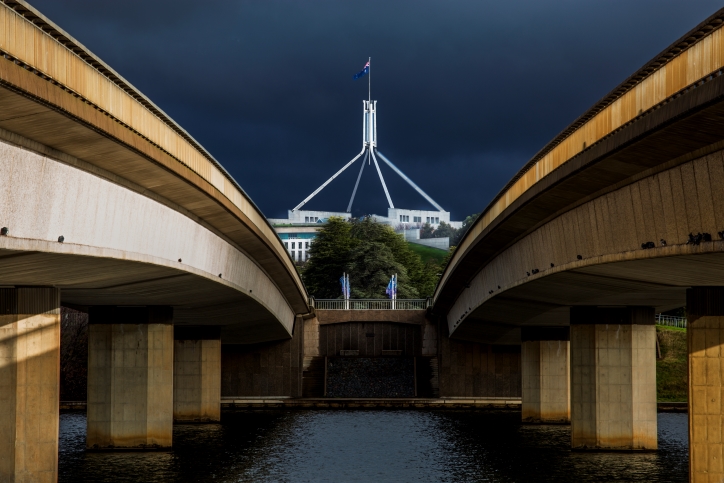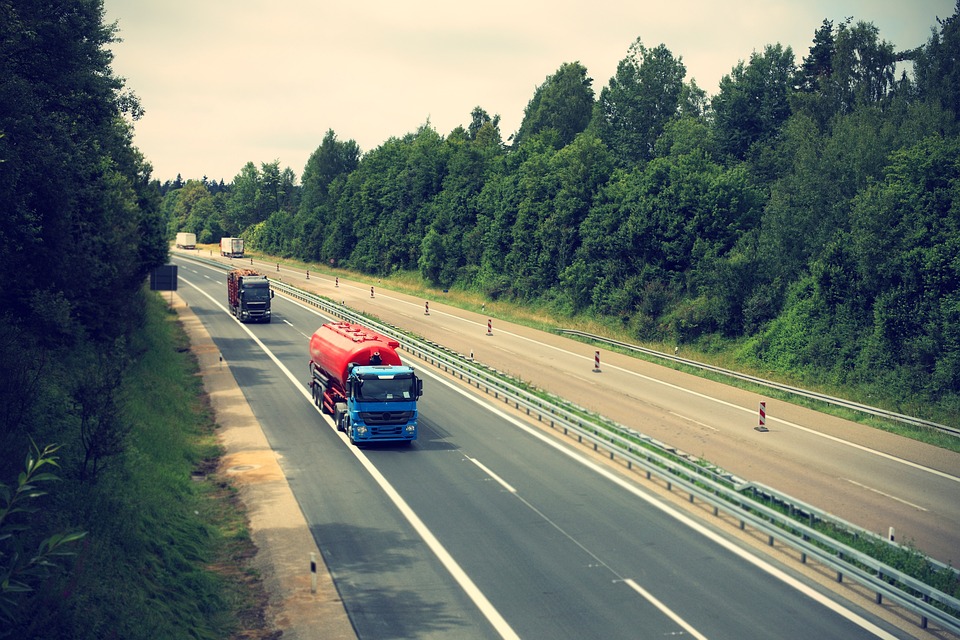The Albanese Government is urging Australians to plan ahead, with large parts of the country facing an increased risk of fires this summer.
The Seasonal Bushfire Outlook for Summer 2023, released today by AFAC (the National Council for fire and emergency services), predicts spring’s record-breaking dry conditions and warmer-than-average temperatures are expected to continue well into the New Year.
Large areas of Queensland, New South Wales, Victoria, South Australia, Northern Territory, Tasmania and Western Australia are facing an increased fire risk this summer.

Source: AFAC Seasonal Outlook Summer 2023
Significant rainfall over the past few years has led to more vegetation growth and difficult conditions to complete hazard reduction burns. The conditions will continue to dry out fuel loads in areas across Australia, including those affected in 2019-20 Black Summer season, increasing the risk of large bush and grassfires.
Minister for Emergency Management, Murray Watt said the outlook is a clear reminder that all Australians need to be prepared.
“The seasonal outlook helps to identify areas at higher risk, and also assists local emergency services to plan and preposition resources as we head into summer,” Minister Watt said.
“Compared with the spring outlook, more capital cities are now facing increased risk, and of course a lot of Aussies moved to new areas post-Covid, which means larger populations that may be less familiar with bushfire and heatwave preparation.
“I urge people to be aware of the local risk, update their bushfire plans and pack emergency and evacuation kits.
“At the Federal level we’ve made a number of improvements, delivering better collaboration between governments and agencies, better access to resources and streamlining support.
“Our first-ever Disaster Preparedness Summit in Canberra in September helped unify Australia’s response to the current season and I know our National Emergency Management Agency, NEMA, has been hard at work with their State and Territory counterparts.
“I commend the work personnel are doing right across the country, and thank them for their ongoing efforts. It’s been a tough season already for crews who have been dealing with multiple large-scale bushfires early in the season that have destroyed homes and property – my heart goes out to those that have been impacted.”
The Albanese Government has undertaken significant improvements to the way Australia prepares for the Higher Risk Weather Season, including:
- Creating the flagship Disaster Ready Fund to co-invest up to $2 billion alongside State and Territory Governments over five years, to improve risk and resilience by investing in important disaster mitigation projects. That includes $94 million co-invested this year alone for bushfire mitigation and preparedness;
- Supporting the leasing and positioning the largest ever national fleet of highly specialised firefighting aircraft for use by state and territory governments through the National Aerial Firefighting Centre (NAFC), and the lease of another National Large Air Tanker.
- Opening an upgraded National Situation Room (NSR) and the National Joint Common Operating Picture, which enables collaboration amongst federal, state and territory government agencies and non-government organisations during a crisis including obtaining satellite imagery from partner agencies as well as predictive analysis to anticipate likely challenges and associated impacts on communities.
- Unifying the two arms of federal emergency management to create the National Emergency Management Agency (NEMA), to be more efficient in disaster management.
- Through NEMA, coordinating partnerships with state and territory emergency services organisations, industry, the not-for-profit sector and other representative groups, which will enable a higher level of readiness for the upcoming season.
- A new, simplified Australian Fire Danger Rating System so that no matter where someone is, they understand the fire risk and what action they need to take.
- Building a National Emergency Management Stockpile, which includes key resources such as emergency shelter, water and electricity, to enable states and territories to quickly access these resources in times of need.
- Investing in Disaster Relief Australia to provide recovery and clean up support after disasters. DRA’s veteran-led operating model provides a trained, on the ground force during recovery and relief efforts.
ENDS








